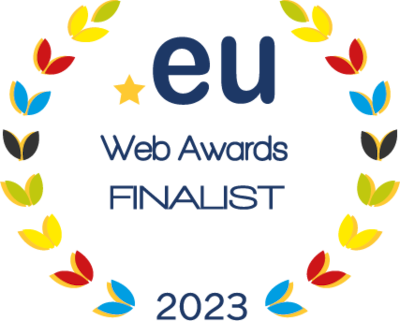
InterConnect and DECIDE at the heart of the EU energy transition
19 Apr 21
The EU institutions have put citizens at the heart of the EU energy transition - energy communities and collective actions are gaining both popularity and importance. What are they precisely and will they revolutionise the EU energy market?
Climate change, one of the biggest challenges of our times, is already happening and we are all confronted with its effects every day. The EU wants to step up its fight for the future and achieve climate neutrality by 2050 – an economy with net zero greenhouse gas emissions. This goal is at the heart of the European Green Deal, the European Commission’s strategy setting up over 50 measures that are intended to contribute to a sustainable and green union. Some measures, including the recently amended Clean Energy Package, relate to energy and mainly, to the energy transition and future energy system and services.
We can be sure that the energy system of tomorrow will look differently. InterConnect and DECIDE are two H2020 projects, which have already generated promising results in various disciplines, including the field of social sciences, both showing that the energy transition must focus on users.
Jeanne Piedallu, our InterConnect colleague, explained briefly in her recent blog post, that “in the InterConnect project, the inclusion of consumers in the design process of equipment and services for smarter, simpler, and more efficient energy management is organised at several levels: by associating them, through the creation of persona according to a design thinking methodology, to the definition of use cases to be experimented; by making them experiment the solutions in real situations and by considering their feedback on use and by collecting their feedback on the efficiency and relevance of these services in their daily life – private uses – and in their professional and public life – businesses and communities”. So, although InterConnect takes an in-depth look at connecting devices, the project uses the design thinking methodology, focusing on users and their goals.
Along the same vein, DECIDE’s main objective is to take a closer look at the energy transition, led by people who are motivated to become an active part of the energy ecosystem through monitoring and management of their energy consumption and behaviour. For this purpose, Europeans can engage in collective actions, that can take various forms in different countries – depending on cultural aspects, involved stakeholders and services offered – with a shared goal to help benefit the community.
Energy Communities and Collective Actions – what’s in it for me?
Even though Energy Communities were introduced in the EU energy market and defined by the Renewable Energy Directive II and Electricity Market Directive only recently, such collective energy actions are not novel concept in EU countries. In some Member States, energy communities and/or collective energy actions have been present for decades.
In a nutshell, Energy Communities are collective energy actions with open democratic participation and governance that are organized to provide social, environmental or economic benefits to its members or the local community. Participation is open to a wide group of stakeholders, citizens, local governments, public entities and companies, but decision making can be limited to prevent large entities active in the energy sector from monopolizing the initiative. The main characteristics of energy communities with examples of best practices throughout the EU can also be found on the DECIDE website.
DECIDE project investigates how social science and the regulatory framework can help to spread the concept of Energy Communities and increase the participation and replication of processes across the EU. DECIDE aims to become the main EU platform where knowledge from different projects and initiatives, such as Interconnect, BRIDGE and ERA-NET, is deepened and shared. This is why, we have been actively working on a Knowledge Hub to help its users to exchange best practices as well as to encourage, guide and support replication of the energy communities and collective actions concepts. Visit our knowledge sharing platform which will be available from August 2021 to find out more!
While economic incentives are not the main motivation for creating an Energy Community, they can be a main driver for collective energy actions. People are more likely to participate in such movements, if the latter can have a tangible impact on their wallets.
In addition, energy actions can certainly work better if they include the use of smart devices and energy services. Community actions can also help to improve energy management and offer additional services to energy users, as demonstrated in several use cases of the Belgium Pilot in the Interconnect project. In the coming years, the focus will be on analysing existing and emerging business models to identify best cases for various EU countries and markets.
Conclusion
Through collaboration of DECIDE and InterConnect projects, we hope to bring together the social science and regulation behind energy communities and collective actions with new knowledge on smart devices and energy services to show the potential energy communities can have in realizing the goals of energy transition.
As an organization involved in both projects, Th!nk E sees this as a EU wide learning experience regarding positioning of energy communities within overall energy system.
Authors: Arnor Van Leemputten, Gosia Matowska and Lucja Rakocevic from Th!nkE
Image by "Bastian Pudill"
All news


